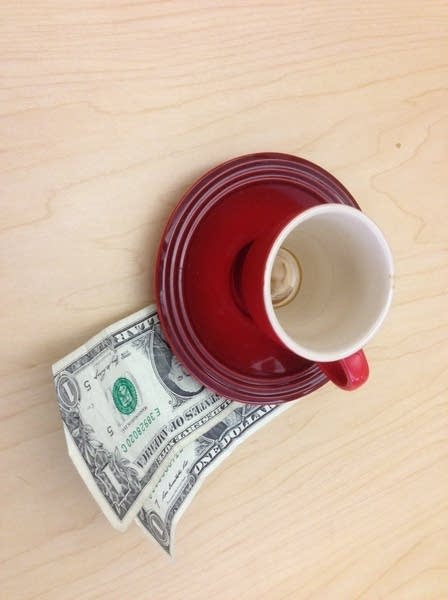How do you calculate a tip?
Go Deeper.
Create an account or log in to save stories.
Like this?
Thanks for liking this story! We have added it to a list of your favorite stories.

Tipping is so deeply ingrained in restaurant culture that it's considered a standard part of staff compensation — and yet there is no standard among the customers who decide how much to tip or why. A 2007 Gallup poll found that the most popular amounts for a tip are 15 percent and 20 percent, but that 15 percent of respondents leave less. And nearly half admit leaving no tip at all if the service was poor.
Defenders of tipping say it motivates waiters and waitresses to provide good service. Critics charge that tipping promotes discrimination because servers may spend less time and effort on people who, according to stereotype, tend to tip less.
A recent self-selected poll found strong sentiment in favor of abolishing restaurant tips in the United States. Where do you stand on tipping, and why?
LEARN MORE ABOUT THE PRACTICE OF TIPPING:
•
Room for Debate: To Tip or Not to Tip
The New York Times presents a forum about the harms and benefits of tipping.
• Tipping Is an Abomination
Tipping is a repugnant custom. It's bad for consumers and terrible for workers. It perpetuates racism. Tipping isn't even good for restaurants, because the legal morass surrounding gratuities results in scores of expensive lawsuits... . Tipping does not incentivize hard work. The factors that correlate most strongly to tip size have virtually nothing to do with the quality of service. (Brian Palmer, Slate.com)
• Should Tipping Be Banned?
A Freakonomics Radio podcast.
Turn Up Your Support
MPR News helps you turn down the noise and build shared understanding. Turn up your support for this public resource and keep trusted journalism accessible to all.




